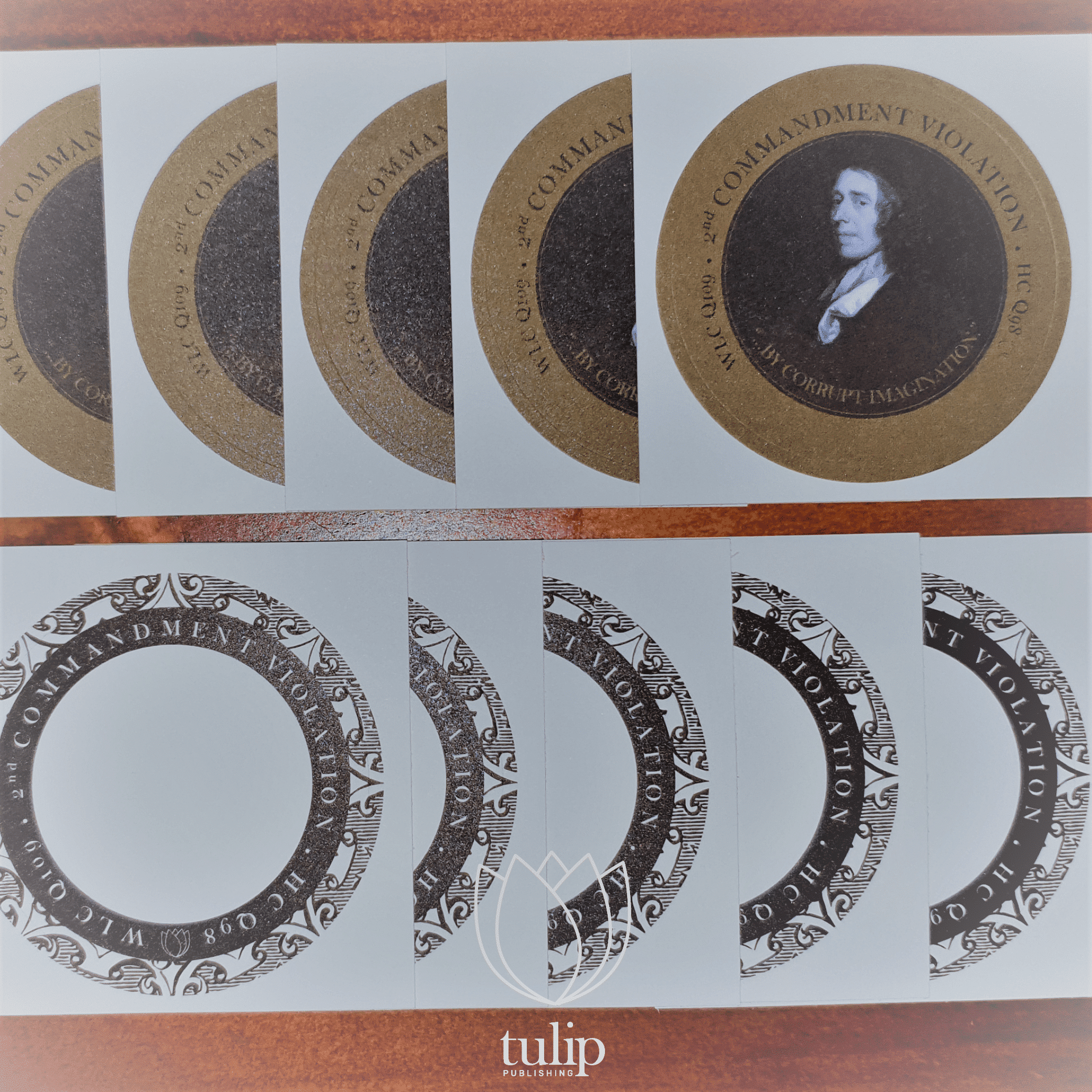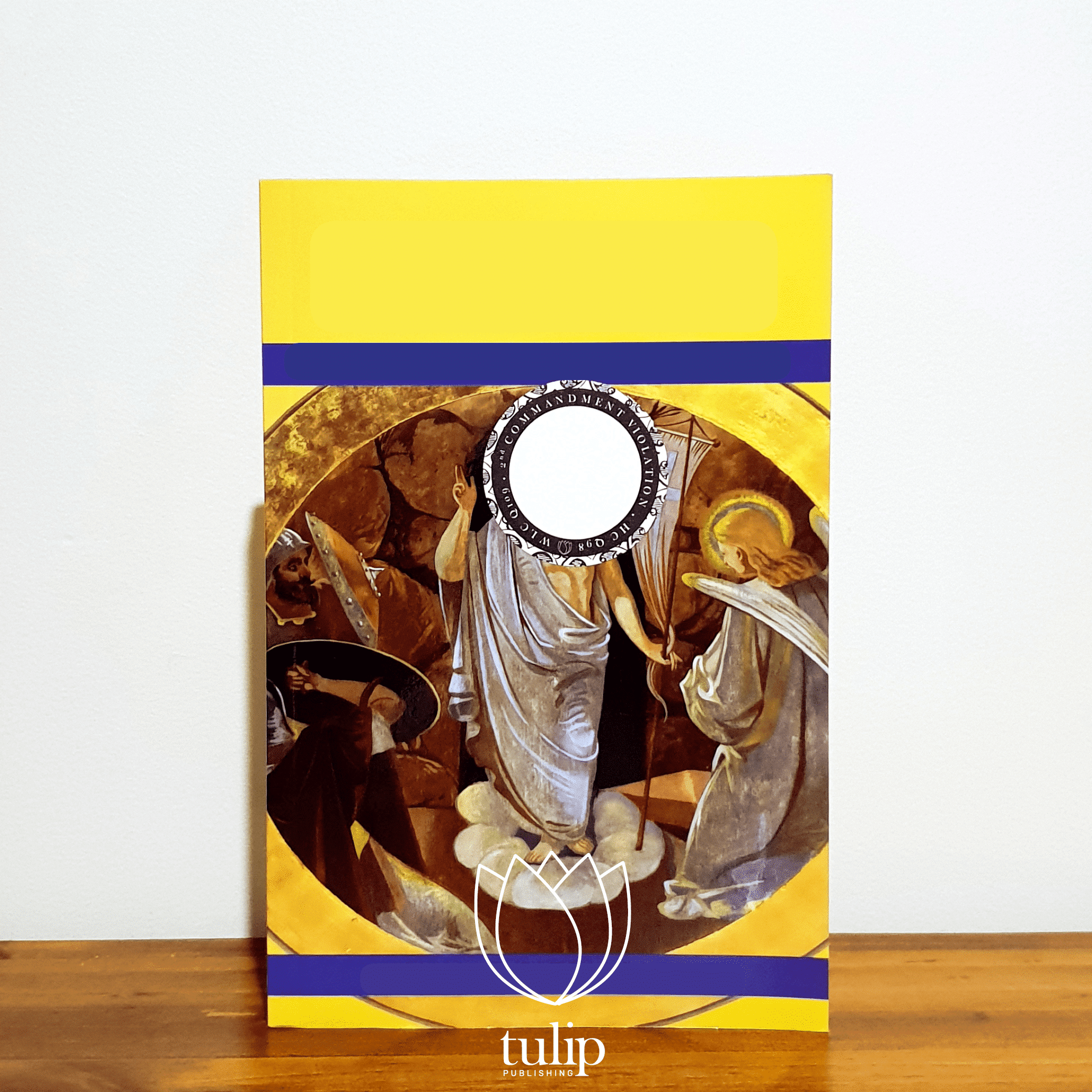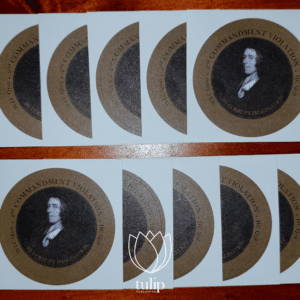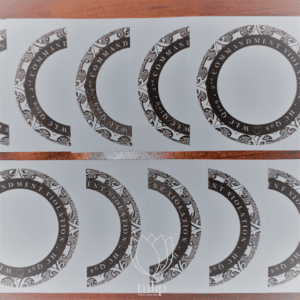| Weight | .02 g |
|---|---|
| Dimensions | 5 × 5 × 5 mm |
Anti-2CV Stickers – Mix (10 Pack)
AUD$6.99
As there are many books currently published which do not subscribe to the general Reformed position on the Second Commandment, we don’t believe that this should necessarily stop believers from perusing the helpful content in such volumes. As such, we are making these packs of ten stickers available for those who subscribe to this position in order to help avoid violations of conscience.
This pack contains a mixture of 5 x Black & White stickers and 5 x John Owen Stickers which measure 50 x 50mm (or 1.9685 x 1.9685 inches). Shipping worldwide.
19 in stock






